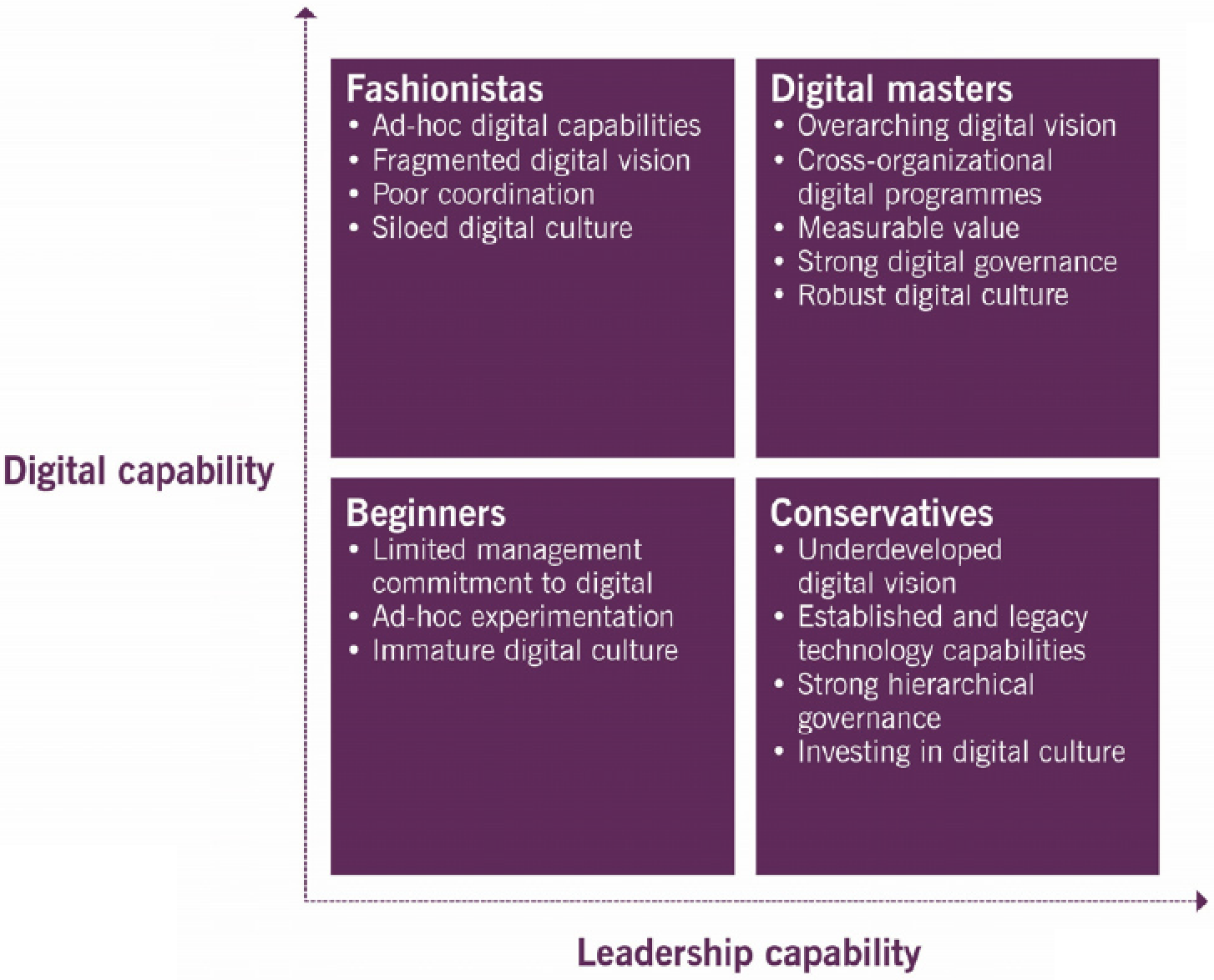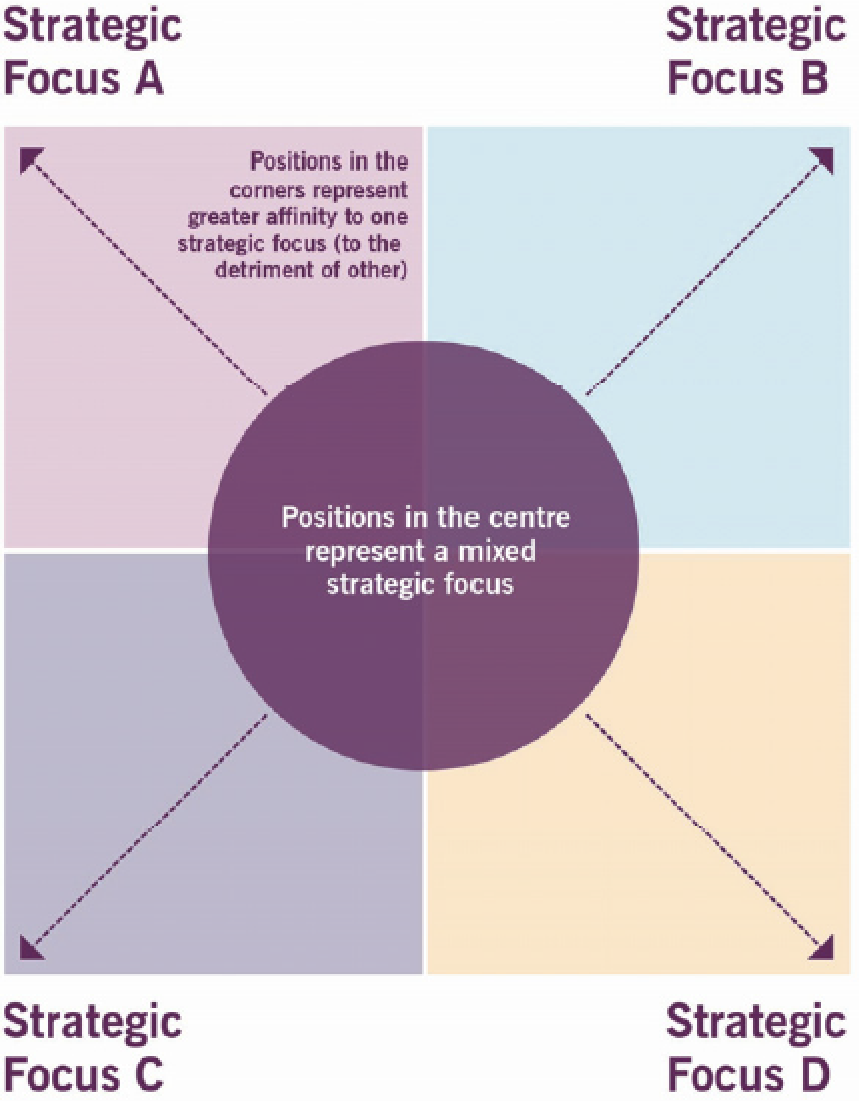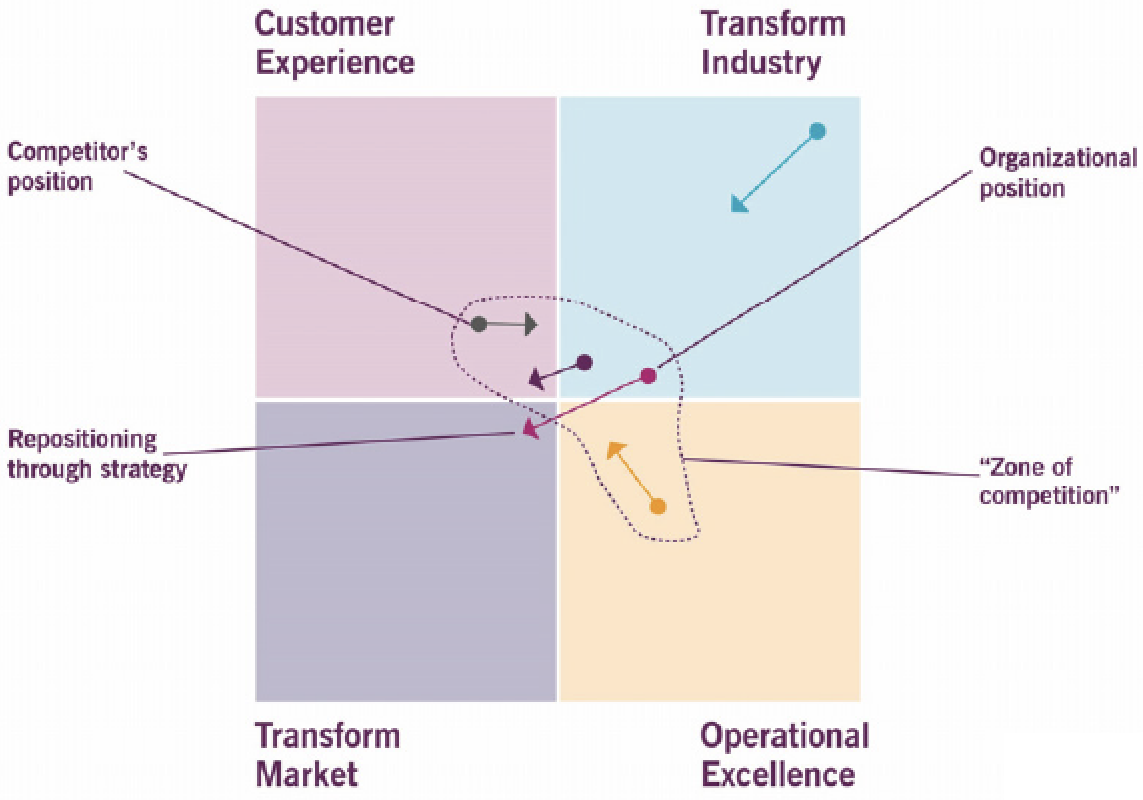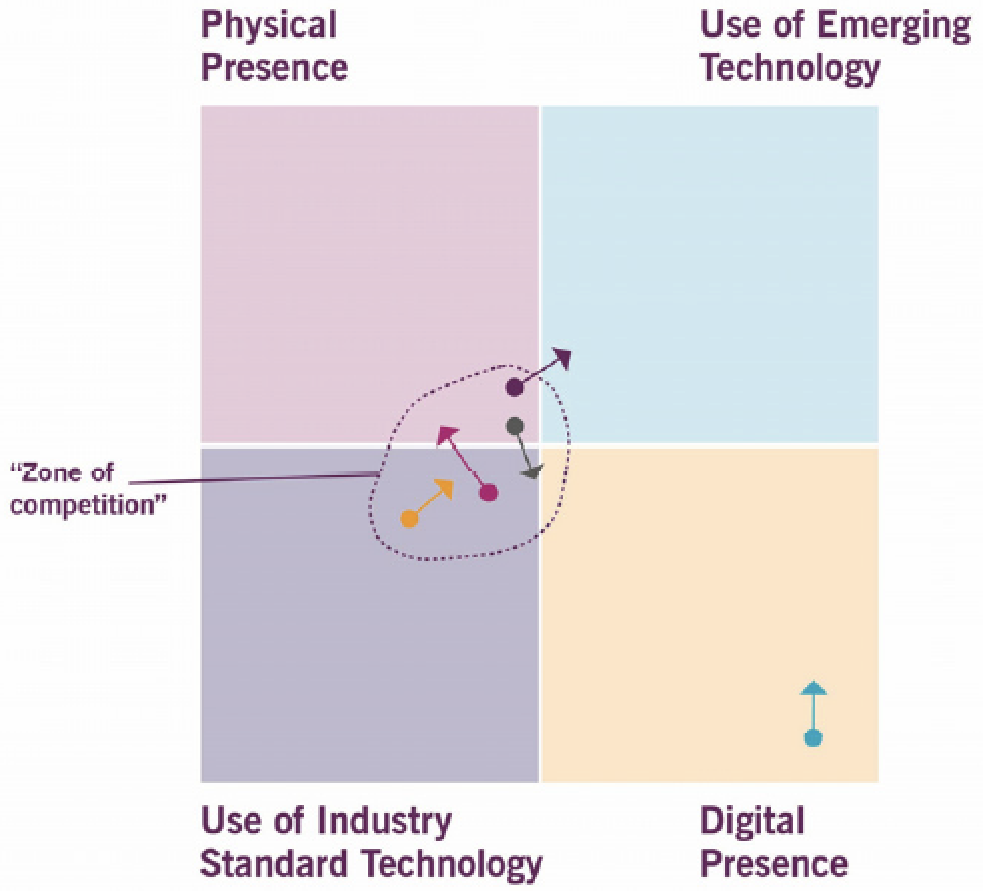ITIL 4 Strategic Leader Certification Course: Disruption - Digital Positioning Tools
Use tools to evaluate digital opportunities, support decisions, and create strategy development. Understand:
- The markets and industries that the organization will be serving
- The desired levels of customer/market relevance and operational excellence
- Which opportunities it will exploit (for both customer/market relevance and operational excellence)
- The value proposition for consumers in its targeted markets or industries
- Which products and services it will deliver
- Which business model will emerge as these decisions are made
Many tools for analysis; choosing can be as difficult as the positioning analysis:
- Maturity models
- Digital positioning models
1. Maturity models Maturity models based on the theory that there is a set of characteristics that increases the chance for success Two types of maturity models:
|
 |
1.1 Limits
Maturity models are neither predictable or consistent in a disruptive digital environment (can be time-consuming and can focus on wrong variables)
Can be used as a substitute for a solid strategic analysis:
- Models are based on numerous organizations and not all factors will apply to a single organization
- Success is subjective; ‘success’ doesn’t equate to mature
- Good enough is not part of a maturity model when it’s quite sensible for an organization
Models do identify characteristics and capabilities for a specific position; can define initiatives (don´t determine organizational position)
2. Digital positioning models
Can be used for one organization or a group of competitors:
- Cluster of competitors within the model describes the competition zone
- Organization may choose to leave competition zone for long-term viability

2.1 Strategic focus: consumer/market relevance, operational excellence, industry disruption/transformation, market disruption/transformation
Organizations clustered around customer experience and operational excellence:
- Within the zone of competition, must invest to remain viable
- Exit the zone to create novel competitive differentiation

2.2 Strategic focus: physical presence, digital presence, use of emerging technology, use of industry standard tools
Changing the strategic focus moves the various organizations to different positions as well as different travel directions
Design digital positioning goals to reflect organization’s purpose and vision: review/re-evaluate often to reflect the VUCA environment

Go back to ITIL 4 Strategic Leader Certification Course: Disruption to finish this chapter or to the main page ITIL 4 Strategic Leader Certification Course.
Interesting Management
-

Part 1: A good manager, better team motivation, better team productivity, better team results
When you are managing a team, “how to be a good manager” is the “must”...
-

Report optimization, increase your time management
As manager, I am doing many reports, even when I was an ITIL consultant, I still needed to do many reports...
-

Tools to get your ITIL intermediate certifications, the missing 15 points for the ITIL 4 Managing Professional
ITIL V3 is going to be obsolete...
-

The importance of the first customer meeting for the service
Managing an IT service when I start a new company is not an easy task, particularly true, if the service...



